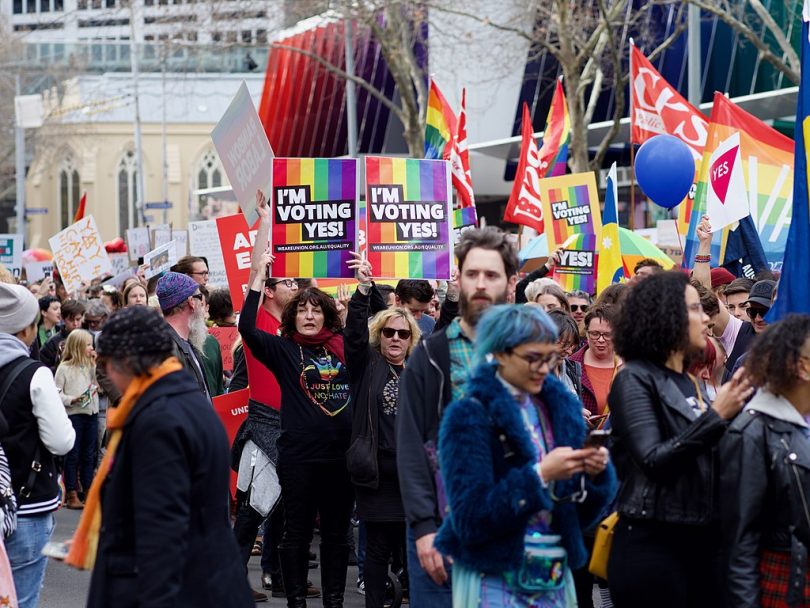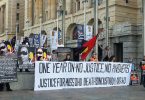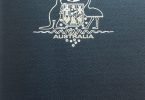Last year was a momentous year for LGBTQ+ movements as we saw 3 countries (Australia, Germany and Malta) made the leap to legalise same sex marriage.
At this point, only 26 countries legally allow same sex marriage which remains a small percentage (12%) of the world considering that a significant proportion of the global population identify as ‘queer’ in some form.
The trend to legislate in favour of same-sex couples, however, continues to gain traction.
Global Attitudes towards Homosexuality (2013)
Source: PEW Research Centre
The Council on Foreign Relations reports on the strong correlation between “LGBT rights and democratic societies” and that “nearly all the countries that allow same-sex marriage [are listed] as “free.”
The report signals that the acceptance and empowerment of LGBTQ+ people and their rights also has the potential to improve democracy and break down harmful gender stereotypes.
There are, however, some stereotypes that we can see from public data available from the Australian Bureau of Statistics that stop Australia from moving forward further in gender equality. This includes patriarchal beliefs that women should do most of the housework and stay at home with the children while their husbands work full-time.
According to the 2016 Census, females in heterosexual relationships are 4 times more likely to complete more than 30 hours of unpaid housework per week, such as caring for their children, compared to that of their male partners.
Unpaid Housework per Week (2016)
Source: Australian Bureau of Statistics
This immense gap between heterosexual counterparts is not reflected between same-sex categories, as 40% of both females and males in same-sex relationships are most likely to complete around 10 hours of unpaid housework.
These statistics suggest there is a more equalised distribution of housework and paternal roles within same-sex couples in the LGBTQ+ community.
In terms of educational attainment, 45% of heterosexual males have completed certificate to diploma certifications in comparison to 20-25% of homosexual males and females over any other form of education.
Level of Education Attained (2016)
Source: Australian Bureau of Statistics
This portrays conventional gender constructs which encourage males in heterosexual couples to work in trade or physically-oriented professions.
On the other hand, those in same-sex couples are more likely to complete higher level of education, such as Post-Graduate or Graduate Diplomas, than either females or males in heterosexual relationships.
Based on this data, the inclusion of LGBTQ communities as a part of social normativity, either through attitudes or legislation, has the potential to transform the way we perceive expectatins in a traditional nuclear family in Australia.
And, if normalised, women could be more likely to return to work after children, men could feel less pressured into masculine and income-driven occupations and unpaid housework could be shared equally.







